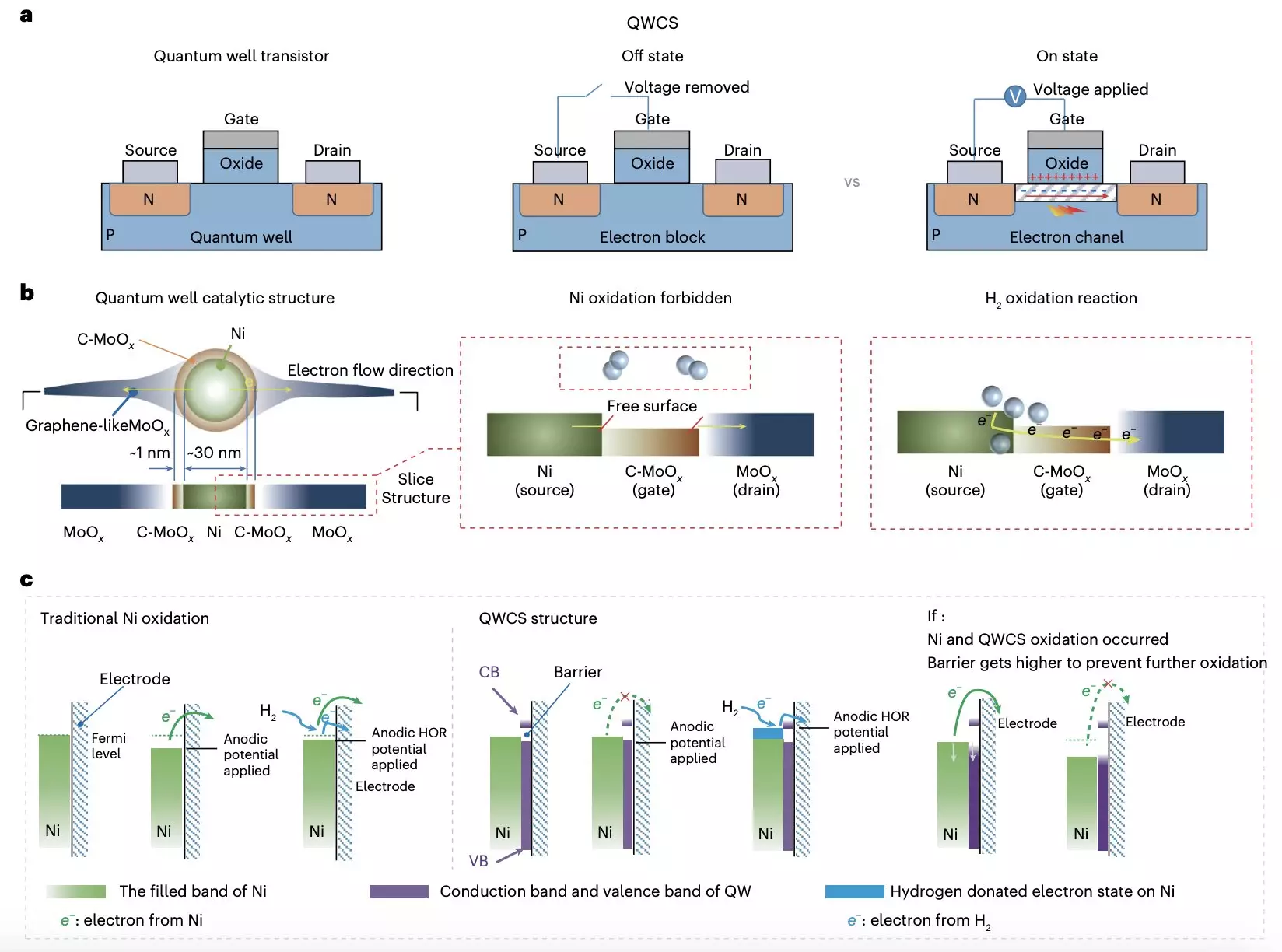Fuel cells have long been hailed as a promising solution for clean energy production, offering an alternative to traditional combustion-based electricity generation methods. By utilizing electrochemical reactions instead of combustion, fuel cells have the potential to significantly reduce air pollution and contribute to a more sustainable energy future. However, one of the major challenges hindering their widespread adoption has been the use of expensive materials and precious metal catalysts in many existing fuel cell designs.
In recent years, research efforts have been focused on developing anion-exchange-membrane fuel cells (AEMFCs) as a more cost-effective and environmentally-friendly alternative to traditional fuel cell designs. These AEMFCs are based on Earth-abundant, low-cost catalysts, offering a more affordable option for energy conversion technologies. While previous non-precious metal catalysts have shown promise, they have also been prone to self-oxidation, leading to irreversible cell failure.
A Novel Solution: Quantum Well-Like Catalytic Structure (QWCS)
Researchers at Chongqing University and Loughborough University have recently introduced a groundbreaking strategy to address the issue of self-oxidation in AEMFCs. Their innovative approach involves the use of a newly designed quantum well-like catalytic structure (QWCS), which consists of quantum-confined metallic nickel nanoparticles. This unique structure allows for the selective transfer of external electrons from the hydrogen oxidation reaction while maintaining the metallic properties of the catalyst.
The QWCS created by the researchers is a nanostructure designed to enhance catalytic activity within AEMFCs. By atomically confining nickel nanoparticles into a heterojunction structure, the catalyst, known as Ni@C-MoOx, is able to prevent electro-oxidation and protect fuel cells from degradation. This new catalyst has demonstrated excellent stability and performance, withstanding continuous operation under harsh conditions without any decline in power density.
The development of the Ni@C-MoOx catalyst marks a significant step forward in the field of fuel cell technology. Not only does it offer a more cost-effective and reliable alternative to precious metal catalysts, but it also has the potential to revolutionize the way we think about energy conversion. The success of this new catalytic structure opens up possibilities for the creation of other innovative catalysts that leverage quantum confinement to enhance performance and durability.
The future of fuel cells looks promising with the emergence of technologies like AEMFCs and quantum well-like catalytic structures. By investing in research and development efforts to further optimize these solutions, we can pave the way for a more sustainable and efficient energy landscape. The breakthrough achieved by the researchers at Chongqing University and Loughborough University serves as a testament to the power of innovation in driving positive change in the energy sector.


Leave a Reply